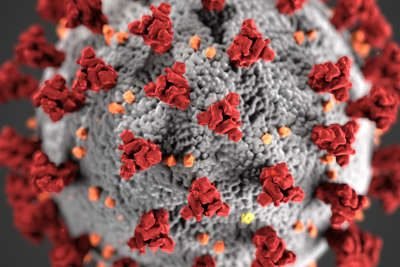The Washington State Department of Health (DOH) and other healthcare providers will soon begin offering Omicron variant-targeted bivalent booster doses of COVID-19 vaccines to people ages 5 and older, following guidance and recommendations from the U.S. Food and Drug Administration (FDA), the Centers for Disease Control and Prevention (CDC), and the Western States Scientific Safety Review Workgroup.
“This is another step forward to a healthier tomorrow for everyone in Washington state,” said Umair A. Shah, MD, MPH, Secretary of Health. “The more people who are eligible for COVID-19 boosters, the better protection we can provide to our communities.
This new demographic of booster eligibility expansion follows last month’s rollout of the updated (bivalent) COVID-19 vaccine, which specifically targets the BA.4 and BA.5 subvariants that currently make up the majority of COVID-19 cases across the country. The Department of Health urges all individuals 5 and older to prioritize receiving the updated booster as we enter the beginning of cold and flu season. Additionally, flu vaccines are now available at many provider offices and pharmacies across the state and are safe to receive concurrently with the COVID-19 bivalent booster.
“It’s also time to get your flu shot,” Dr. Shah added. “We are entering respiratory illness seasons and it is a critical time to protect yourself and those around you from influenza.”
DOH’s updated COVID-19 booster dose recommendations are as follows:
- People ages 5 and older who have completed a primary vaccine can receive the Pfizer-BioNTech bivalent booster at least two months after their most recent dose. These doses are scheduled to begin arriving in provider offices the week of October 17th.
- People ages 6 and older who have completed a primary vaccine series can receive the Moderna bivalent booster at least two months after their most recent dose. Providers who already have an inventory of Moderna can begin administering these doses immediately.
- Children ages 6 months to 4 years remain eligible for the primary, monovalent COVID-19 vaccine series from both Pfizer-BioNTech and Moderna and are not currently authorized for any COVID-19 booster doses.
As with previous vaccine and booster rollouts, the CDC will provide states with weekly allocations, building each state’s inventory levels over time. DOH urges the public to remain patient as we expect initial demand to exceed availability, resolving in the following weeks.
To make a vaccine or booster appointment, visit VaccinateWA.org, or call the COVID-19 Information Hotline at 833-VAX-HELP. Language assistance is available. Those individuals with further questions are encouraged to visit DOH’s COVID-19 Vaccine Frequently Asked Questions webpage or talk to their trusted healthcare provider.

